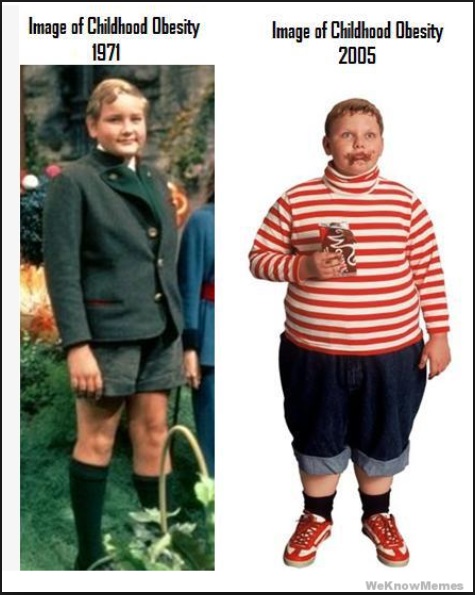
October, 2013 Ontario will help parents and their children make healthier choices by putting calories on menus, following consultations with the fast-food industry and health care sector.
Legislation that would require large chain restaurants to include calories and other potential nutritional information on their menus will be introduced this winter. The government will also seek advice on how to reduce the marketing of unhealthy food and beverages aimed at kids.
Consultations on menu labeling will include parents and representatives from food and beverage manufacturing, agriculture, restaurant, food service, food retail and health sectors. Consultations on limiting the marketing of unhealthy food and beverages to children will also include the media and telecommunications industry.
Making it easier for Ontario families to choose healthy food is a key component of the Healthy Kids Panel report and helps deliver on our Action Plan for Health Care.
This is part of the Ontario government’s economic plan to invest in people, invest in infrastructure and support a dynamic and innovative business climate.
QUICK FACTS
* The consultations build on steps the government has already taken to implement recommendations from the Healthy Kids Panel, including a 24-hour support line for breastfeeding moms and expanding Ontario’s Student Nutrition Program.
* In 2009, the economic cost associated with physical inactivity and obesity in Ontario was $4.5 billion.
* More than 80 per cent of food ads in Canada are for food high in calories and low in nutritional value.
* A vast majority of Ontarians (95 per cent) support requiring fast food restaurants list nutritional information on their menus (Ipsos Reid, 2011).
Australia’s controversial “Break the Habit”- childhood obesity commercial
LEARN MORE
* Ontario Consulting On Healthy Eating Initiatives
* Support for Ontario’s Healthy Eating Initiatives
* Ontario’s Action Plan for Health Care
* The Health Kids Panel Report
QUOTES
“Parents have told us they want our support in keeping their kids healthy. We are
committed to giving parents and their kids the information they need to make healthy
choices. I want to thank our health care and industry partners for working
collaboratively with us on this important initiative to improve kids’ health.”
— Deb Matthews, Minister of Health and Long-Term Care

“McDonald’s Canada supports the Ontario government’s action to provide Ontarians
with more access to nutrition information in restaurants. McDonald’s is a long-time
leader in providing comprehensive in-restaurant nutrition information based on the
13 core nutrients including calories, so its customers can make informed eating
choices to suit their dietary needs and preferences.”
— Sharon Ramalho, Vice President – Ontario Region, McDonald’s Canada
“Ontario’s doctors wholeheartedly support the government’s plan to introduce menu
labelling in large chain restaurants, and also believe in the need for restrictions
on the marketing of unhealthy food to kids. Obesity is strongly associated with an
increase in chronic disease – and over half of all adults and one-third of children
are overweight or obese. The government’s Healthy Kids Strategy will go a long way
towards addressing this growing epidemic.”
— Dr. Scott Wooder, President, Ontario Medical Association
“The Heart and Stroke Foundation applauds the Government of Ontario’s decision to
introduce mandatory menu labeling. With today’s busy lives and vast array of food
choices, it’s crucial to provide everyone with the ability to make well informed
decisions about the food we eat and feed our children. This important initiative
will go a long way in empowering Ontarians to make healthy choices when dining out
or purchasing prepared food. Eating well is absolutely one of the best investments
Ontarians can make to decrease the risk of heart disease and stroke.”
— Mark Holland, Director of Health Promotion and Children & Youth, Heart and Stroke
Foundation
Helping Families Make Healthier Food Choices
Supplemental- How close is planned Ontario legislation to the USA Obama administration’s new calorie limitations for school lunches? http://eagnews.org/appalled-school-cafeteria-employee-seconds-banned-extra-food-thrown-away/
The impact of food advertising on childhood obesity by the American Psychological Association http://www.apa.org/topics/kids-media/food.aspx

Our source believes the new government-required paperwork consumes so much of the employees’ time that it is driving up labor costs for the school district, which serves a low-income community.” source/image: eagnews.org